The Nokia 7250 is a mobile phone handset manufactured by Nokia. Announced in 2002 and released for sale in February 2003, it was designed at Nokia Design Center in California, by the Bulgarian-American designer Miki Mehandjiysky. The Nokia 7250 is notable for its unconventional design, striking colours and integrated digital camera, and also had Xpress-On covers. It was the successor of Nokia 7210.
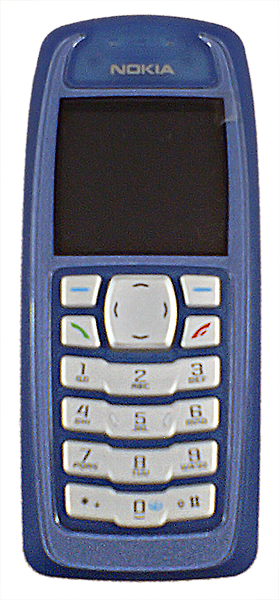
The Nokia 3100 is a triband-GSM mobile phone announced on 17 June 2003 as an entry-level phone from Nokia and released in September 2003, designed primarily for the newer generation of marketing audience.
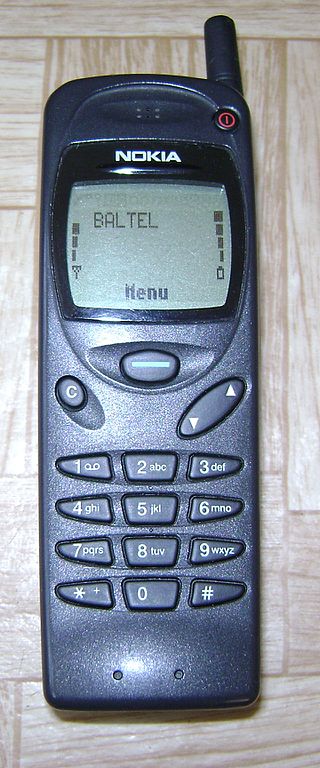
The 3110 is a GSM mobile phone handset manufactured by Nokia in Hungary, introduced at CEBIT in March 1997. The 3110 is notable as the first Nokia handset to feature the 'Navi-Key' menu navigation system. The Navi-Key was featured heavily on Nokia handsets, especially the entry-level models such as the Nokia 1100 in the following years. Unlike its successor, the 3210, and subsequent handsets of similar design, the 3110 had an external antenna. The phone was available with a slim, standard or vibrating battery. It could only be used on a GSM-900 network.

Siemens Mobile was a German mobile phone manufacturer and a division of Siemens AG. Siemens sold Siemens Mobile to the Taiwan-based BenQ in 2005, subsequently becoming BenQ-Siemens and succeeded by Gigaset. The last Siemens-branded mobile phones, the AL21, A31 and AF51, were released in November 2005.
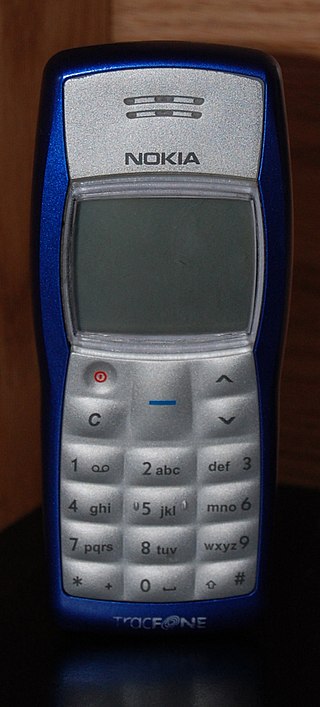
The Nokia 1100 is a basic GSM mobile phone produced by Nokia. Over 250 million 1100s have been sold since its launch in late 2003, making it the world's best selling phone handset and the best selling consumer electronics device in the world at the time. The model was announced on 27 August 2003 and was discontinued in September 2009.
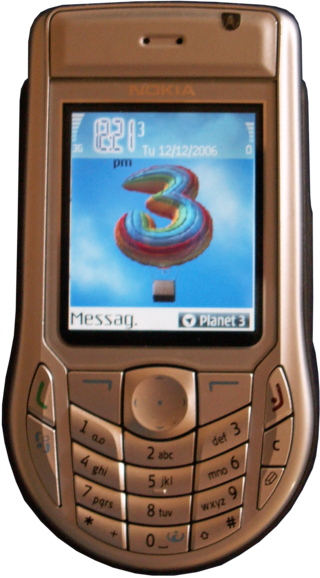
The Nokia 6630 is a 3G mobile phone announced by Nokia on 14 June 2004 and released in November. It runs on Symbian OS 8.0a. Codenamed Charlie during development, it is an evolution of the 6600 and 6620 smartphones, supporting tri-band GSM.

The Nokia 6680 is a high-end 3G mobile phone running Symbian operating system, with Series 60 2nd Edition user interface. It was announced on 14 February 2005, and was released the next month. The 6680 was Nokia's first device with a front camera, and was specifically marketed for video calling. It was also Nokia's first with a camera flash. It was the forerunner of the Nseries, which was released in April 2005; its successor being the N70.

A mobile phone feature is a capability, service, or application that a mobile phone offers to its users. Mobile phones are often referred to as feature phones, and offer basic telephony. Handsets with more advanced computing ability through the use of native code try to differentiate their own products by implementing additional functions to make them more attractive to consumers. This has led to great innovation in mobile phone development over the past 20 years.
Mobile content is any type of web hypertext and information content and electronic media which is viewed or used on mobile phones, like text, sound, ringtones, graphics, flash, discount offers, mobile games, movies, and GPS navigation. As mobile phone use has grown since the mid-1990s, the usage and significance of the mobile devices in everyday technological life has grown accordingly. Owners of mobile phones can now use their devices to make photo snapshots for upload, twits, mobile calendar appointments, and mostly send and receive text messages, listen to music, watch videos, take mobile pictures and make videos, use websites to redeem coupons for purchases, view and edit office documents, get driving instructions on mobile maps and so on. The use of mobile content in various areas has grown accordingly.

Nokia 8210 is a mobile phone by Nokia, announced on 8 October 1999 in Paris. At the time, it was the smallest, lightest Nokia mobile phone on the market. A primary selling point of its design was its removable cover that allowed for easy customization. Six differently coloured Xpress-on covers are available, as well as many third-party ones.
Mobile VoIP or simply mVoIP is an extension of mobility to a voice over IP network. Two types of communication are generally supported: cordless telephones using DECT or PCS protocols for short range or campus communications where all base stations are linked into the same LAN, and wider area communications using 3G or 4G protocols.

The BlackBerry Pearl was a series of smartphones developed by Research In Motion, and was the first BlackBerry device with a camera and media player. It was originally released on September 12, 2006. T-Mobile was the first US carrier to release the phone as a carrier device. The last BlackBerry Pearl released was the 9100 series on May 13, 2010. After this model was cleared out, RIM discontinued the Pearl series.

The Nokia 6120 classic is a mid-range mobile phone from Nokia that was announced on 17 April 2007. It runs on Symbian v9.2 with a S60 3rd Edition FP1 user interface.
The Nokia 6000 series or Classic Business series is range of mobile phones marketed by Nokia. This family of phones is notable for their conservative, unisex designs, making them popular with business users.

Some mobile phones support use of two SIM cards, described as dual SIM operation. When a second SIM card is installed, the phone may allow users to switch between two separate mobile network services manually, have hardware support for keeping both connections in a "standby" state for automatic switching, or have two transceivers to maintain both network connections at once.

The SGH-F700, marketed as the Ultra Smart F700, is a smartphone manufactured by Samsung. Using Vodafone as its network provider, the phone was first introduced at the 3GSM World Congress that was held in February 2007. Sales to the European market started November 2007.

The Nokia 2310 is a mobile phone designed for lower budget markets, announced in March 2006. It was available in three colors: red, blue, and white.

The Nokia 6280 Series, is a series of slider type phones first released in Q4, 2005.
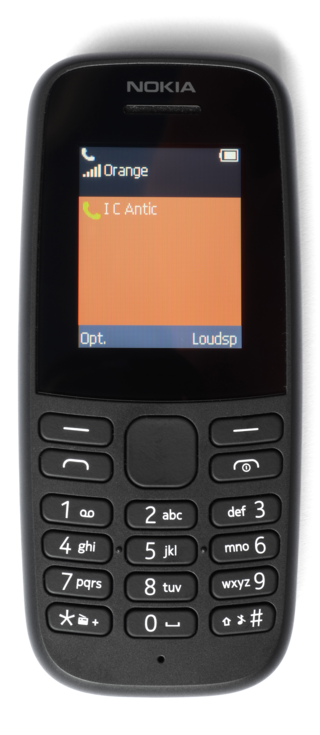
Nokia Series 30+ is a software platform and application user interface used for Nokia-branded mobile devices. The platform was introduced by Nokia in September 2013, first appearing on the Nokia 108, and has been the main Nokia feature phone operating system after the end of the Series 30 and Series 40 platforms in 2014. Despite the similar name and user interface, S30+ is technically completely different and unrelated to S30.















